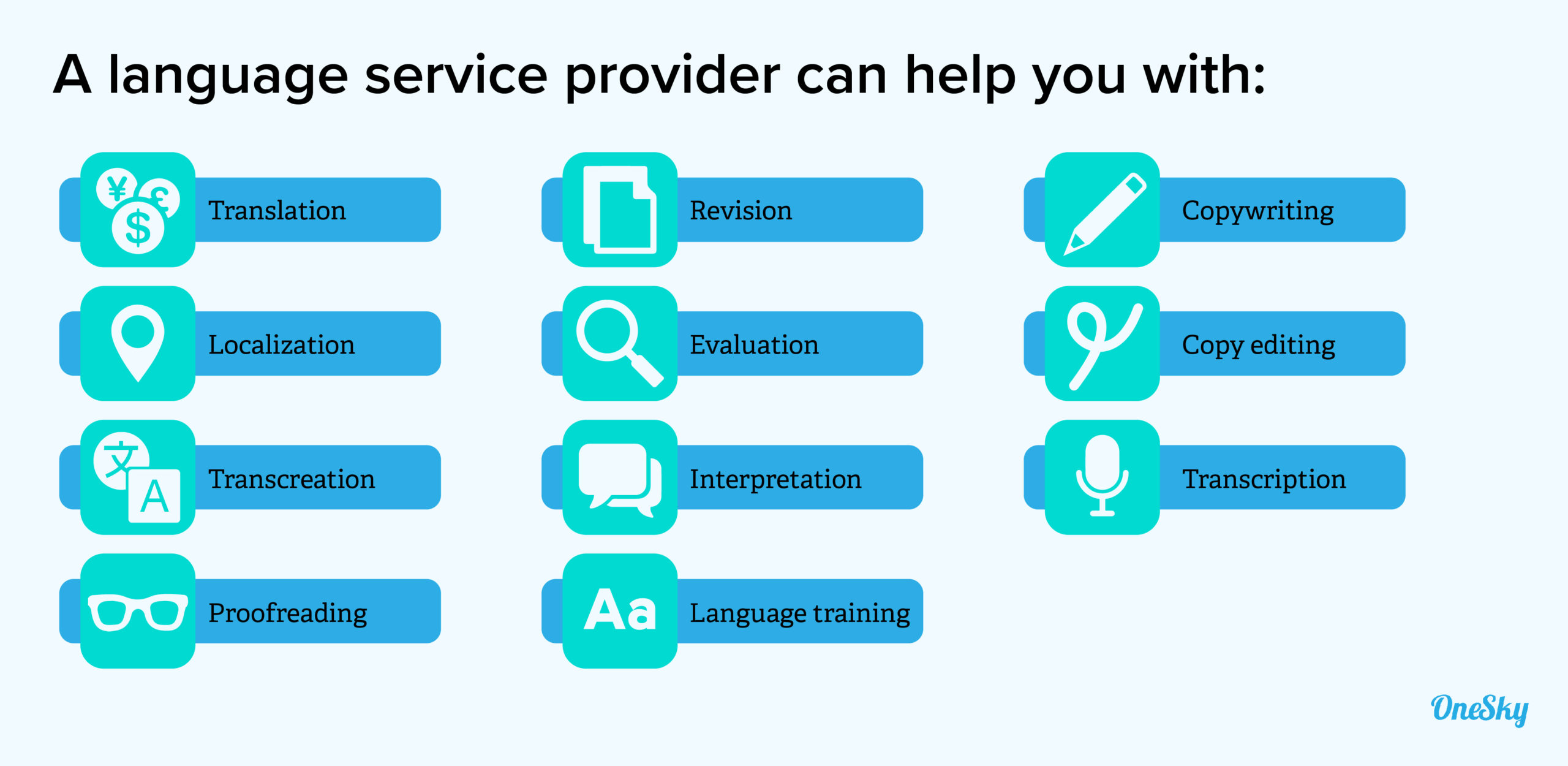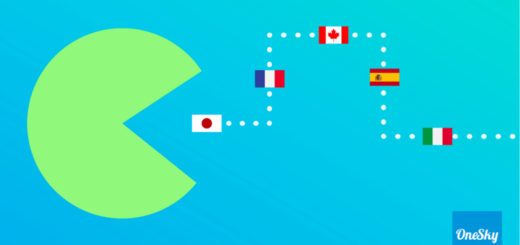How Linguistic Typology Helps Us Understand Languages
What is linguistic typology?
Linguistic typology is research that centers around similarities in all of the world’s languages, known as language universals. Often, global language features similar elements, sounds and inspirations—which, when acknowledged, can make the process of learning easier. The process of studying linguistic typology offers the benefit of extensive study and analysis of the morphology, phonology and syntax between the world’s most extensive languages.
Having an understanding of language in this way can give you the benefit of a deeper, richer context during translation or communication tasks. In this article, we’ll review the sub-disciplines and focuses of linguistic typology and its different classifications. We’ll also be exploring how linguistic typology relates to and enhances the asset translation process.
The Sub-disciplines of Linguistic Typology
There are many different sub-disciplines of language typology. Understanding these differences can provide you with a more well-rounded and accurate deliverable — one that is localized, accurate and resonates with your target audience. We’ve summarized the main types of typology classification below:
Qualitative Typology
Qualitative typology is a common sub-discipline of linguistic typology. It offers a cross-linguistic focus on the grammatical structure of a language, taking a deep dive in areas such as word-order differences and overall structure variation. This type of linguistic classification can be helpful for tasks such as back translation, context enhancement and general translation.
If you’re interested in the qualitative typology sub-discipline, you may choose to start by referencing the World Atlas of Language Structures. This resource features a mass database of all properties of languages (such as phonological and lexical differences) from around the world.

Quantitative Typology
The diversity of language stretches far and wide, featuring a range of regularities and irregularities that makes every language unique. Quantitative typology works to explore these differences, finding correlations between the different structures of human languages (such as nouns) and compiling them statistically.
Since this form of typology focuses on quantitative review and statistical analysis, it can have great implicational benefits for those studying semantics and language families, specifically. Open access references are an important element of quantitative reviews of any type, keeping information as accessible as possible for students, researchers and stakeholders on a large-scale.
Theoretical Typology
This form of linguistic typology seeks to understand two main elements of the human language: The variation in structures and the intent behind their use, providing a deeper dive into the pragmatics of any given language. This is an especially helpful field of study to reference if you’re looking for additional context behind a certain phrase.
This field is also noted to be the convergence point between typological research and social sciences, forming its own area of study within sociolinguistics. Signed languages, written languages and spoken phrases are all able to be analyzed with this form of research—from Indo-European languages to the most intricate and private languages found in the world’s most remote islands. Researcher and thought leader Jae Jung Song championed this form of research as one of the most foundational to linguistic typology.
Syntactic Typology
A critical element to consider in any given language review is the language’s word order choice and flow. This is a key area of linguistic diversity that can provide valuable geographic location information and influence the overall translation. Typologists may rely on this form of study to identify the origin of a given language or language sample, using that cultural implication to enhance the piece past its current state.
At this point of your linguistics review process, Oxford University Press notes in their Oxford Handbook for syntactic typology that you may cross into the field of phonological typology—shifting from an analytical to an experimental focus.
Lexical Typology
Finally, lexical typology examines the organization of certain words and their agglutinative formation, isolating the auxiliaries of each language, the verb-object-subject flow (otherwise known as the VOS) and the choice of vocabulary to get the most accurate analysis possible.
This form of typology is often noted by researchers to be the starting point of any sort of contextual implication. With lexical typology woven into your linguistics strategy, you’ll walk away with a deeper meaning in your translation, as well as an inherently localized influence from whatever region of origin your language came from.
Basic Linguistic Typology Classifications
Linguistic classifications act as a more niche form of research than those mentioned above, sorting languages and translations into three main areas of classification for further analysis. This can help researchers to explore languages with just a single lens of influence in mind, giving you a more complete understanding of the piece and flow. We’ve listed the three types below:
Genealogical Classification
This form of language classification focuses on any historical connection two languages might share. This is analyzed and determined using certain historical review techniques, correlating findings to pre-set linguistic criteria. De Gruyter’s Modern Language Portfolio may be a helpful resource to reference to help you in any of your independent efforts in linguistics.
Typological Classification
Typological classification focuses on classifying any given language using pre-set criteria and repetition, normally found through grammatical structure or flow. After similarities have been determined, researchers pool languages in groups together, highlighting similarities between related lexicons.
Greenberg’s Language Universals can be a helpful tool to get you started, giving you a firm grammatical understanding of the variations and similarities in many of the world’s languages.
Areal Classification
This form of linguistic classification considers implications and inspiration from a given location’s geographic area. This can cause significant language formation and use variation, as well as structural changes. Beyond a better quality translation, this field can offer researchers a more comprehensive and holistic view of the language, its implications and the rich culture behind each regional dialect — capturing that vibrance and cultural significance in a deeper, more meaningful way.

OneSky Applies Linguistic Typology to Translation
Understanding the differences and similarities across all types of linguistic typology can give you a deeper understanding of context and intent for translated deliverables. Classifications can take this a step deeper, giving us the benefit of evaluating a language through a single lens to explore deeper cultural and historical nuance behind language formation and word choice. These, when used together, create the highest quality localized translation and transcreation.
If you’re looking for translation management support, connect with the team at OneSky today. Our experts are here to support you in your site and app translation needs.
Translation management and localization doesn’t have to be difficult. Featuring 50+ languages and 1,000 expert translators, our app offers the most comprehensive and self-managed structure for your translation needs.
We know that the translation and optimization process can be time-consuming and complex — which is why we’ve created a platform that puts your needs first and gives you every answer at your fingertips. Seamlessly manage, direct and support your project at any time through our proprietary translation management system (TMS), and walk away with your highest quality translation yet.
Get started for free today and experience the difference that OneSky can bring to your translation process.











 Written by
Written by 


